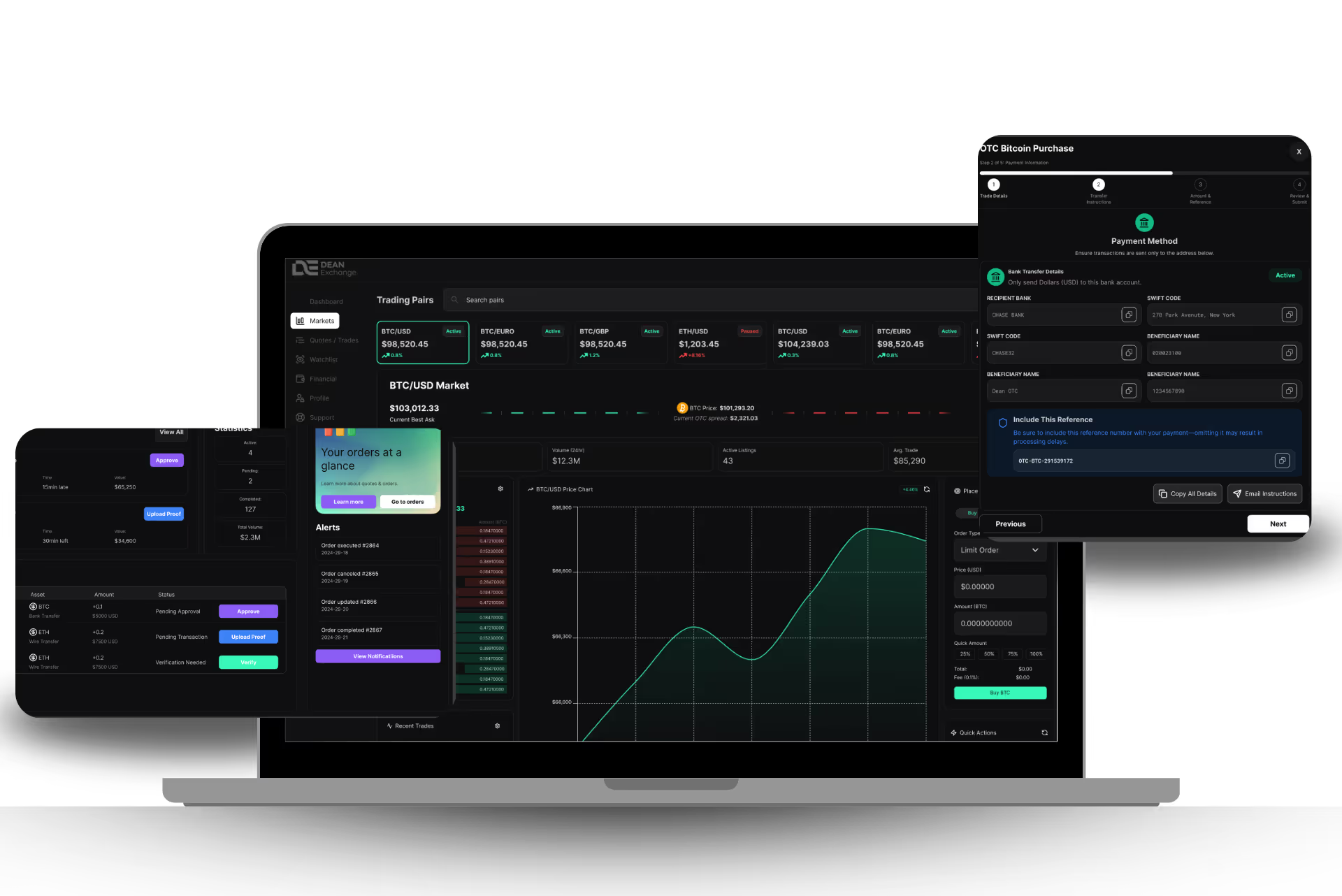By the
This is some text inside of a div block.
This is some text inside of a div block.
•
5
min read

Blockchain has evolved from a niche technology into a foundational component of modern digital innovation. But for many, it remains shrouded in jargon and complexity. Whether you're exploring cryptocurrency, building a Web3 project, or simply curious about the future of digital trust, understanding the core concepts of blockchain is essential.
In this beginner-friendly guide, we'll explain key blockchain concepts, break down how blockchain works, and provide real-world context to help you build a solid foundation for your blockchain journey.
What Is Blockchain? At its simplest, blockchain is a distributed ledger technology that records transactions across a decentralized network of computers. Instead of being stored on a single server, data on a blockchain is duplicated across nodes and secured through cryptographic protocols.
Key features include:
There are public blockchains (like Ethereum and Bitcoin) and private blockchains used in enterprise settings. Each has its own use case.
Core Components of Blockchain Technology
These elements work together to ensure integrity, traceability, and consensus across decentralized systems.
Consensus Mechanisms Explained Consensus mechanisms are the protocols that allow all nodes in a blockchain network to agree on the validity of transactions. Here are the main ones:
Understanding these mechanisms is key to evaluating blockchain performance, security, and environmental impact.
Smart Contracts and Decentralized Applications (dApps) Smart contracts are self-executing programs stored on a blockchain. They automate agreements, removing the need for intermediaries.
Use Cases:
Smart contracts power dApps, which are applications that run on decentralized networks. Ethereum, Solana, and Polygon are popular platforms for dApp development.
Tokens and Token Standards Tokens represent assets or utilities on a blockchain. They're created using standardized protocols:
Tokens can represent currencies, access rights, rewards, or governance power within blockchain ecosystems.
Layer 1 vs Layer 2 Blockchain Solutions
Layer 2 solutions help address blockchain’s scalability challenges by processing transactions off-chain and then settling them on Layer 1.
Blockchain Use Cases Across Industries Blockchain technology is transforming multiple industries:
Learning Blockchain with Dean Exchange At Dean Exchange, we believe in making blockchain education accessible, practical, and actionable. Our signature courses include:
Ready to deepen your blockchain knowledge? Explore our full course catalog and join a global community of learners building the decentralized future.
Final Thoughts Blockchain isn't just about Bitcoin or NFTs—it's a paradigm shift in how we think about data, identity, trust, and ownership. By mastering the essential concepts covered in this guide, you're taking your first step into one of the most innovative technologies of our time.
For structured, beginner-friendly learning, join Dean Exchange’s courses and unlock your potential in Web3 today.


Join our newsletter for exclusive insights, breaking crypto trends, and learning opportunities—delivered straight to your inbox.